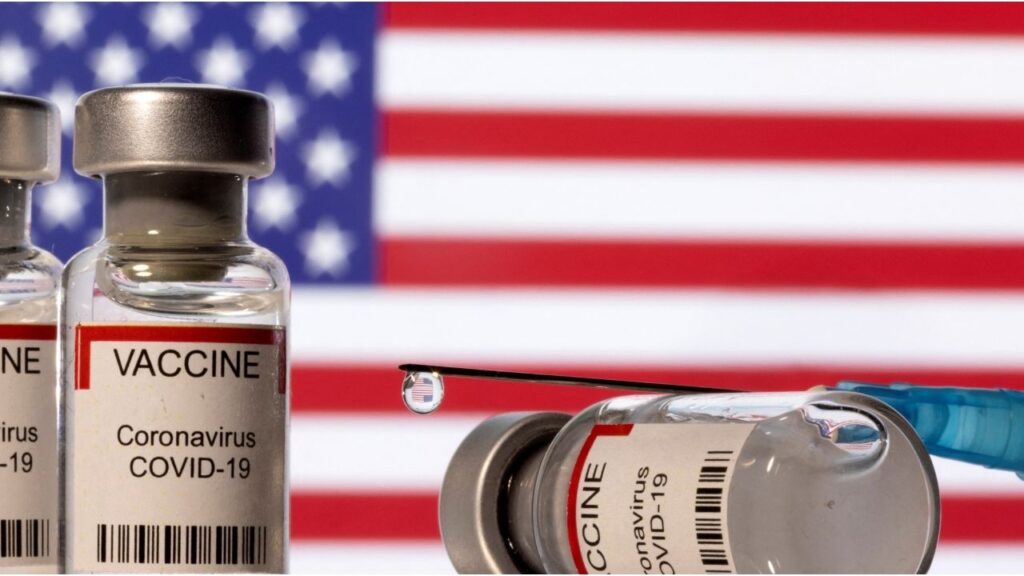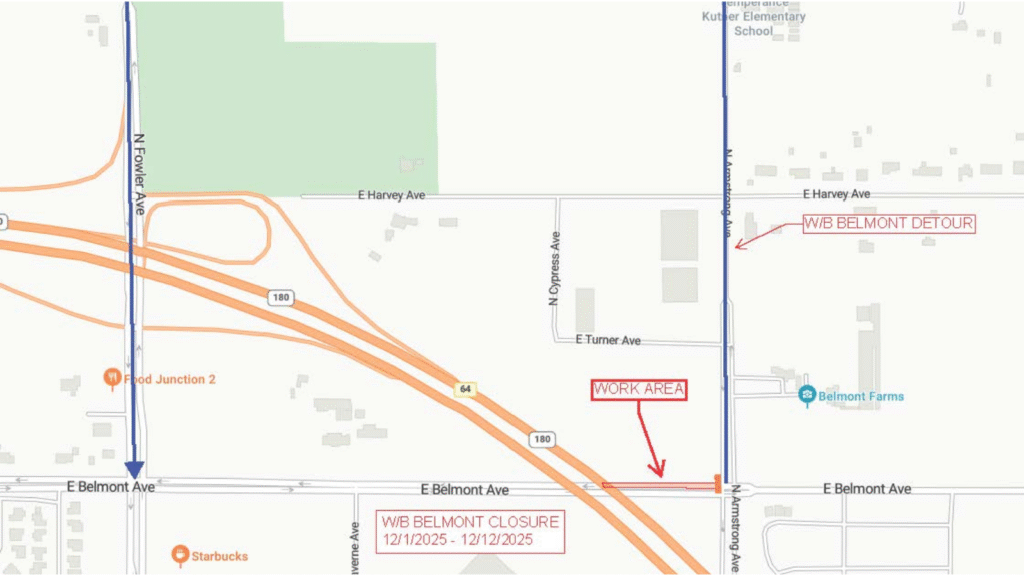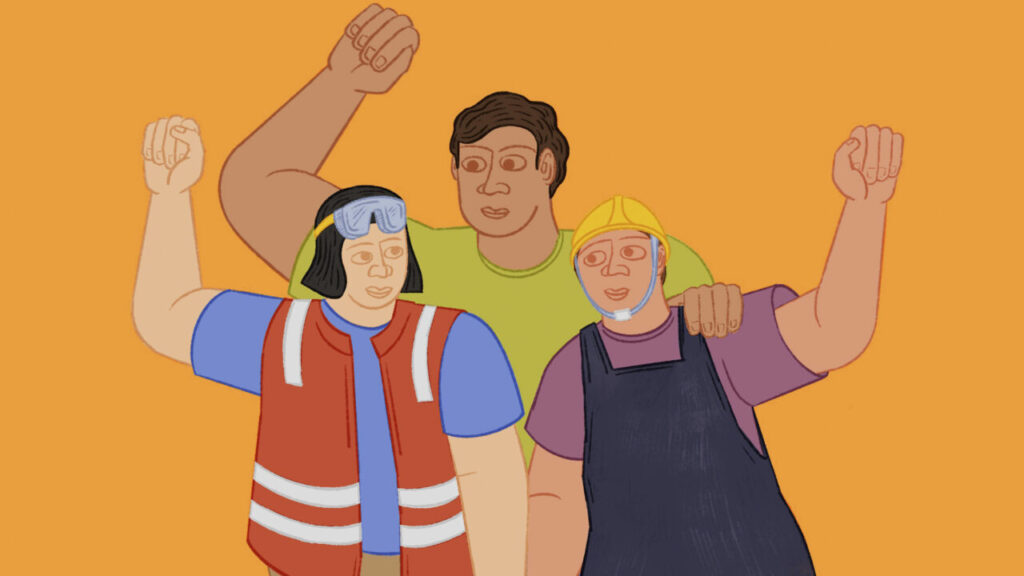The research highlights the growing reliance on these medications to combat obesity in the younger population. (AP/Mike Stewart)

- Israel McKenzie, a 17-year-old from Tennessee, lost 110 pounds using the weight-loss drug Wegovy.
- The number of 12- to 25-year-olds using GLP-1 drugs increased nearly 600% from 2020 to 2023.
- The American Academy of Pediatrics recommends early evaluation and aggressive treatment for children and teens with obesity.
Share
|
Getting your Trinity Audio player ready...
|
At 17, Israel McKenzie was so burdened by obesity that he stopped going to high school in person and was embarrassed to speak to people at his restaurant job.
“I was in a really dark place,” says McKenzie, whose weight had climbed to 335 pounds on his 6-foot-1 frame, despite repeated efforts to diet and exercise. “I had given up hope.”
But last year, the weight-loss drug Wegovy helped him shed 110 pounds in nine months, making the rural Tennessee teen part of a surge of adolescents and young adults using diabetes and obesity medications known as GLP-1 receptor agonists, new research shows.
Even as millions of older adults clamor for drugs such as Ozempic and Wegovy, monthly use of the medications soared in people aged 12 to 25. That’s according to the new analysis of dispensing records from nearly 94% of U.S. retail pharmacies from 2020 to 2023.
Research Findings
The report, published in the journal JAMA on Wednesday, used the IQVIA prescription database to compile the first look at the national uptake of GLP-1 drugs among that age group. Nearly 31,000 children aged 12 to 17 and more than 162,000 people aged 18 to 25 used the medications in 2023 alone, said Dr. Joyce Lee, a University of Michigan pediatrician and diabetes expert who led the research.
“What it’s suggesting is that it’s one of the tools in the toolbox and there are more providers prescribing this medication for the population,” she said.
The report shows that the number of 12- to 25-year-olds using any GLP-1 drug — including older medications first approved to treat diabetes in 2005 and for weight loss in 2014 — climbed from about 8,700 a month in 2020 to more than 60,000 a month in 2023, a nearly 600% increase. The rise occurred even as prescriptions of other drugs among those patients fell by about 3%.
Those who received the drugs were just a fraction of young people who struggle with obesity, Lee noted. About 20% of U.S. children and adolescents and about 42% of adults have the chronic disease, according to the U.S. Centers for Disease Control and Prevention.
Related Story: Why the Diabetes Drug Ozempic Is Taking Weight-Obsessed Hollywood by Storm
Medical Recommendations and Patient Experiences
In early 2023, the American Academy of Pediatrics recommended that children and teens with obesity be evaluated early and treated aggressively, including with surgery and medication if warranted.
McKenzie, the Tennessee teen, said he began gaining weight five years ago, during puberty.
“I started turning to food for all of my problems,” he said.
The extra weight made his asthma worse and put him in danger of developing diabetes, his doctor said. He tried to follow medical advice by cutting out sugary soda and snack foods and exercising more, but the efforts failed to make a difference.
“My old doctor told me there was nothing he could do,” he said. “He told me it was my fault.”
In early 2023, McKenzie connected with Dr. Joani Jack, a pediatric obesity specialist at Children’s Hospital at Erlanger in Chattanooga, Tennessee, who regularly prescribes GLP-1 drugs for kids.
Related Story: FDA Says Fake Ozempic Shots Are Being Sold Through Some Legitimate Sources
“I told him I’ve seen 10 other people just like you today and we have lots of tools and treatment options,” Jack said. Those typically include intensive behavioral and nutrition interventions combined with medication, if necessary.
In McKenzie’s case, Jack prescribed the weight-loss drug Wegovy, which in late 2022 was approved for use in U.S. children over age 12. More than 6,000 kids in that age group received Wegovy in 2023, the new data show. More than 7,600 received Ozempic, which is approved to treat diabetes in adults, but can be used off-label in adolescents. Others received older GLP-1 drugs such as Saxenda and Trulicity.
McKenzie said he had no notable side effects from the medication, but Lee noted that some young people report nausea, vomiting or constipation, including symptoms so serious that they stop the drugs.
It’s important to understand the surging use of these medications in young people, Lee said. The drugs are meant for continuing use, so “we really need to think about the long-term safety and effectiveness of these medications for this population,” she said.
In addition, the drugs are expensive and often difficult to obtain, either because of supply problems or because they’re not covered by insurance.
Notably, government-run Medicaid plans paid for nearly half of the GLP-1 drugs prescribed to 12- to 17-year-olds and about a quarter of those used by people aged 18 to 25, the research found. Commercial insurance covered care for nearly 44% of the younger kids and about two-thirds of those who were older.
Today, McKenzie says his asthma is better and he looks forward to interacting with co-workers and friends.
“I have a lot of self-confidence now, a lot more than I used to,” he said. “It has changed everything.”
RELATED TOPICS:
Categories



















